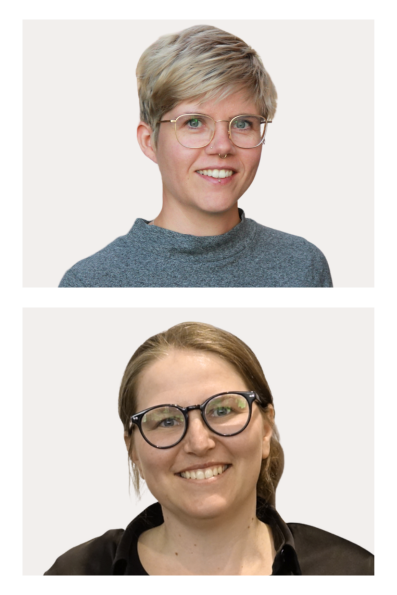Two VU Amsterdam teachers, Marina Friedrich and Smiddy Nieuwenhuis, share their experiences as neurodivergent teachers. “Not everyone fits the standard mould. And that is precisely the strength.”
From masking to innovation
Friedrich, lecturer and researcher in Econometrics, describes how, for a long time, she navigated what she calls “the neurotypical world of academia” while living with an autism diagnosis. “Outwardly, I functioned just fine, but internally, it took a huge amount of energy.” It felt like constantly adapting to a system that wasn’t built with her in mind. “That’s the hard part about masking: you meet expectations and perform well, but the consequences hit you once you're at home.” (Ed.: masking refers to the act of presenting oneself in a socially acceptable way by closely monitoring one’s behaviour during social interactions, which can be highly exhausting.)
That’s why she now actively rethinks her teaching approach. “I’m considering formats like the Flipped Classroom, or tools like Mentimeter. They can offer structure and calm, while still creating space to explore content in depth with students. That gives me energy, even if I’m still figuring out what works best.”
Connecting with students
Friedrich wants to be open about her autism, but often hesitates. “Do students still see me as an expert or only as ‘that autistic teacher’?”
Still, she actively seeks ways to be visible on her terms. She shares her diagnosis on LinkedIn, for example. “There, I can set the tone. And it helps me connect with others, including students who recognise themselves in my story.” That connection is important to her.
She hopes she’ll feel able to share more often in her tutorials, without fear of judgement or her expertise being questioned. “Connecting with students helps build a safe learning environment, and I know how important that is because my colleagues also give me the space to work in a way that suits me.”


